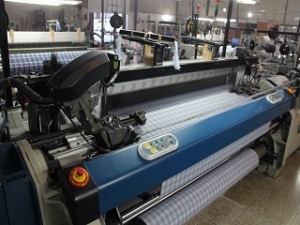
Textile is spinning or weaving, the art of weaving in which two separate sets of yarns and strands, called yarns and wefts, are woven together to produce fabric. The warp threads in the piece of fabric go longitudinally, and the weft threads go from side to side in width. In general, it can be said that fabric is a flexible layer that is composed of a network of yarns or natural or synthetic fibers; The type of yarn or fibers and the structure and manner of their placement together create the structure of the fabric and its physical properties. The fabric is produced by blur-weaving, circular weaving, non-woven and knitting methods.
Background of fabric production stages in Iran
Scientists’ research over the last hundred years shows that Iranians have been at the forefront of textile weaving. Even the inhabitants of ancient Iran in the second period of the Stone Age (or the so-called Middle Stone Age) were familiar with the technique of weaving. The best evidence to prove this fact; It is pottery, jewels and beads that have been placed in the depths of the soil of this border and canvas for more than eight thousand years BC. In a cave called the Belt Cave near the Caspian Sea, Professor Carlton Ken obtained fabrics that prove that from the very beginning of cave-dwelling, Iranian tribes wove sheepskin and goats in cloth.
Fabric production and supply stages
Step 1: Wool and sheep
The first stage is the production of raw materials. For men’s clothing, the best material is wool, which is made from sheep. The best wool comes from Australia and New Zealand. Unlike men, women’s clothes are usually made seasonally and are made of materials that are less durable than men’s clothes.
Step 2: Shaving the wool
Sheep whose wool is shaved are called floack. For better quality, it is better for the sheep to be shaved in the best and most comfortable condition. The Australian hills provide the best climate and the best grass for sheep, resulting in good wool being exported. Usually 2.7 to 8.5 kg of wool is shaved from each sheep per year.
Step 3: Ranking
Immediately after the wool is shaved,. Is categorized and after ranking, it is placed in different categories. This ranking depends a lot on the quality of the wool and the climate in which the sheep lived.
Step 4: Wash and comb the wool
Shaved wool contains sweat, impurities, dirt and other items that are removed after special washing. After combing the wool, any impurities in it are removed and we get pure wool.
Step 5: Weaving wool
Before turning the wool into knitting yarn, it is combed again so that its strands are parallel.
Step 6: Rotate the wool
Wool ready to weave enters a cycle and is woven. In this process, the wool is woven and woven and its radius is reduced to the desired thickness. Due to the high pressure that is applied to it, the wool is able to bend and that is why we see seams in clothes to maintain the shape of the yarn.
Step 7: Dye the yarn
We have three types of yarn dyeing:
Method 1: In this method, longer strands are dyed and shorter strands are removed. This process takes place after weaving, but before the weaving stage, and is the most suitable way to dye yarns in large quantities. It usually combines several colors in this method and the result is better final color quality. Sometimes, instead of dyeing the whole yarn, part of it is dyed, which is widely used in flannel woolen garments.
The second method: is done after the yarn is woven and is mostly used to produce striped, checkered and checkered fabrics.
Partial dyeing: This type of dyeing is done after the production of yarn and before it becomes a fabric. Which is more useful for dyeing fabrics of monochrome clothes.
Step 8: Bend
This is the most sensitive step because a small error can not get the adjusted yarn to the final fabric. In this work, the yarn is taken from both sides exactly and it is twisted and bent enough to find the final and desired shape. Modern laser checking machines ensure that the yarn is woven with great precision.
Step 9: Knitting
After bending and weaving, this yarn enters the machine to be woven. According to the design that should be placed on the fabric, this yarn goes up and down, and in the meantime, a special part has the task of applying the designs on the fabric. Today, all this work is done electronically and at a higher speed.
Step 10: the last stage
The final steps are different for different fabrics. For winter fabrics, they should be washed in warm water and reduced to one third of their size, while we will encounter a fuller and heavier fabric. In contrast, summer fabrics are subjected to extreme heat to remove any lint from them. In the final stage, these fabrics are tested by experienced experts and this is done on large tables where the eye can easily see any shapes or tears.



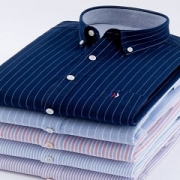


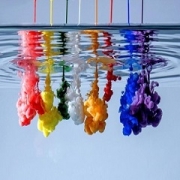
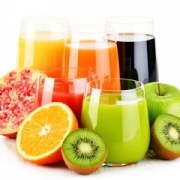
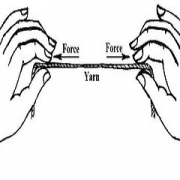


Leave a Reply
Want to join the discussion?Feel free to contribute!